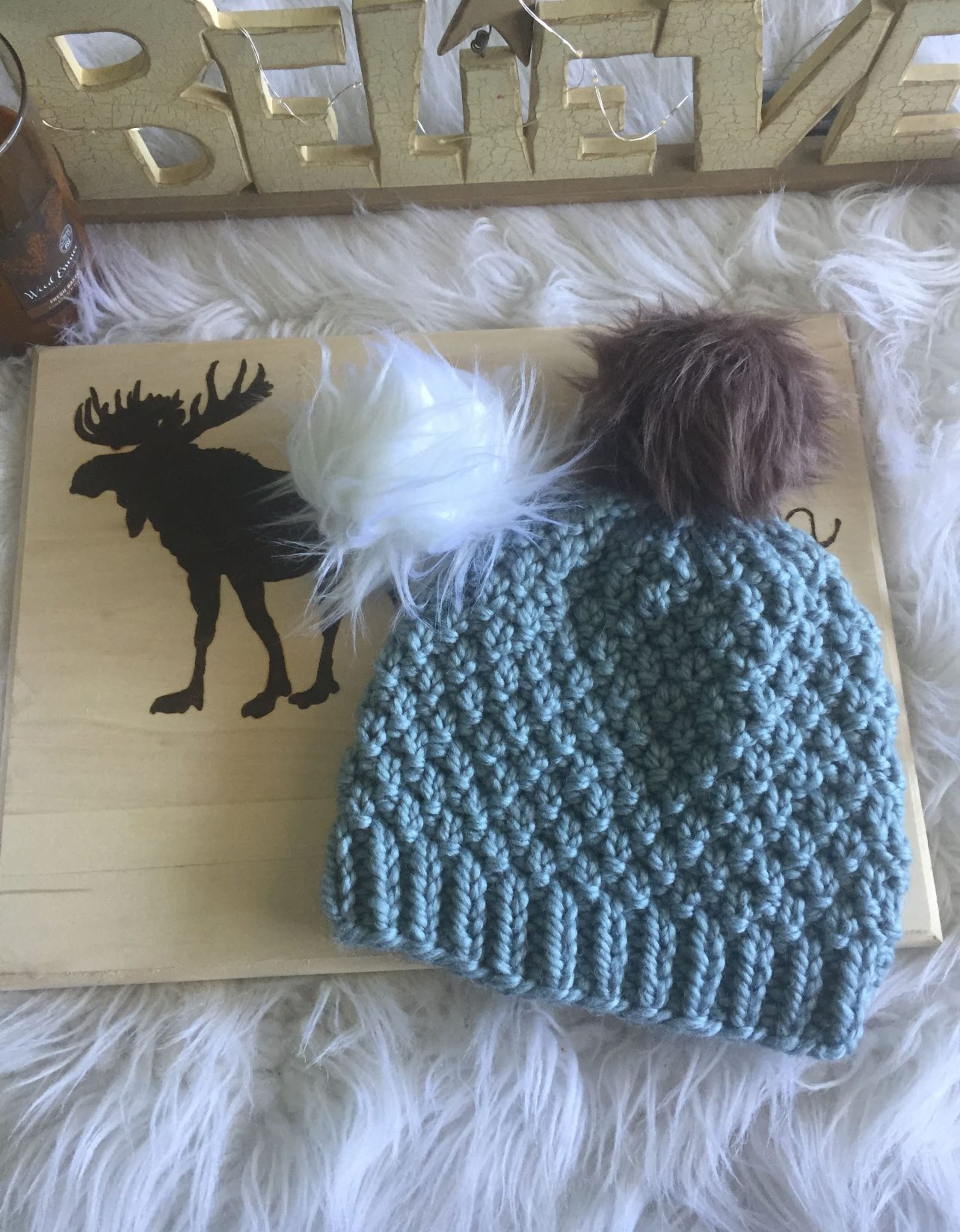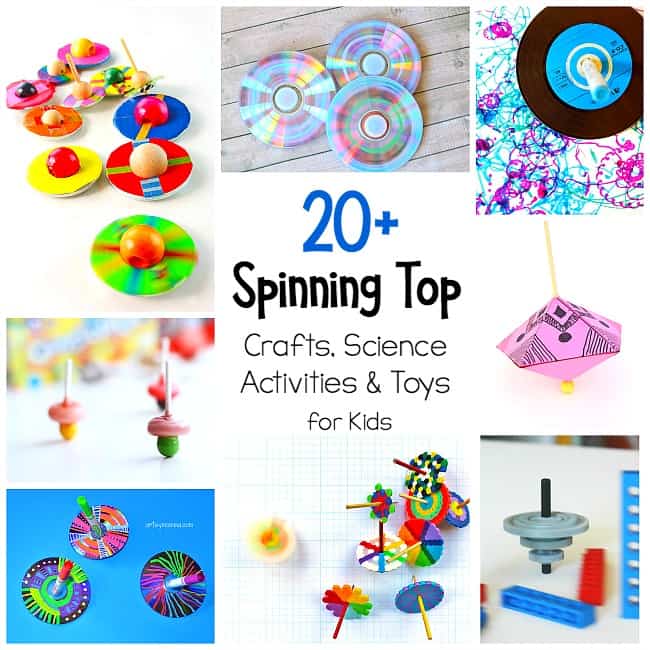
If you are just beginning to learn how to knit, it is helpful to learn about the various knitting stitches and their uses. These stitches are simple to pick up and can be used to pick up any stitches you lose. You can also pull the unwanted stitches from the needle. This is a great tool for beginners, as it allows them the ability to quickly pick up their work and carry on.
Stockinette stitch
Stockinette stitches are a common stitch that is used to knit, and then purl, fabric. It is similar to garter stitch, but has bumps that are closer together and a V shape on the right side. For beginners, this stitch is better practiced with thicker yarns and bamboo-needles to avoid slippage. This stitch can be used in knitting or purling in many ways. It can be used to make squares, chevron designs, or modern random rows.
Stockinette stitch can be used in many different projects. It is one of the most versatile stitches and can be used for any yarn weight or texture.
Stitching with Herringbone
Begin with the herringbone pattern by drawing parallel lines among two stitches. You can use a fabric marker to draw the stitch outline. This step can be repeated many times before you are happy with the results. Add beads between each of the stitches after they have been created. This stitch will help you create a nice, neat pattern.

You can use any type of seed beads for the tubular herringbone. You can use any size of seed beads, but it is best to start with the larger ones. Different coloured beads are helpful to visualize the arrangement of the beads and how you will move up. Make sure you mark the colours of the first and last pair to help you remember to step up when needed.
Kitchener stitch
Kitchener is one of most widely used stitches for knitting. This stitch creates a row of stitches by joining two parallel needles. This stitch is typically used to join stockinette stitch and ribbing, but can also be used for garter stitch and ribbing.
This grafting technique connects two sets live stitches without the need for a visible seam. It is often used to fix or replace a shoe, mitten, and sock. Knitters can use the Kitchener stitch to repair seams, remake the neckline on a top-down sweater, or to make an invisible seam.
Ladder stitch
Ladder stitch, which is very easy to learn for beginners, is one of my favorite stitches. You make it by joining two folded fabric pieces together using a needle. To create this stitch, insert the needle on the right side and pull the needle to the center. VeryPinkKnits.com demonstrates this stitch in a video tutorial.
You can use the technique for knit or purling. However, it is much easier to knit a ladder when you are working with stranded colours. No matter which method you choose, it is important to have an even set of stitches. To distinguish between knit and purl ladders, you'll need a stitch marker and a contrast colour. To make ladders, bring both yarns up to the front. Next, remove the background color and then knit the ladder stitch using the contrast colour.

Moss stitch
Moss stitch, a versatile and simple knitting stitch, gives your knitting project a textured look. This pattern is great for almost any project, from a simple lap blanket to a complex quilt. You can adjust the stitch to give your finished project the desired look and feel. It can also produce a fairly thick fabric. It is suitable for projects that require strength or durability.
Moss stitch is a repeatable stitch that will take approximately four rows to complete. A full design requires that you use an even number and consistent number of stitches for each row. You will need to repeat this stitch process two or three times, depending on whether you are working on an even or odd number of rows.
FAQ
What are observation hobbies?
Observation hobbies can be activities that you watch people do. They might include watching sports, reading books, going on holiday, etc. It could also include observing others.
Observation hobbies can be very beneficial because they allow you to learn how creative thinking works. This knowledge can be used later to help you with projects that you are working on for others or yourself.
It will be easier to learn about something if you are interested in it.
If you are interested in learning more about football, for example, you might watch a match or read a book. Exhibitions are a great way to learn about photography.
If you enjoy playing music, you could play along to songs online or buy a guitar.
You can cook your own meals, or you could go to a restaurant.
If you love gardening, you might grow vegetables or flowers.
If you are a fan of dancing, you can join a class or go out with your friends to learn.
If you enjoy painting, you might paint pictures.
Writing poetry or stories is a passion if you are a writer.
If you like drawing, you could draw pictures.
If you love animals, you could look after pets or work at a zoo.
You could choose to study biology, maths, chemistry, or physics if you are interested in science.
History lovers can watch films, read books or listen to podcasts.
You can travel abroad or explore your home area if you love to travel.
What are some good hobbies?
Your favorite hobbies are ones you enjoy. You'll be more motivated to do what you love. If you don't feel well or tired, you will always have an excuse!
There are many hobbies that we all enjoy: gardening, painting and crafts; photography; cooking; sports and games; reading music and film-making; collecting; cycling, walking, dancing and writing; playing instruments and other musical instruments.
Another option is to volunteer at a local charity shop.
Perhaps you want something more adventurous. Why not take up scuba diving, rock climbing, sky diving, bungee jumping, white water rafting, sailing, surfing, canoeing, kayaking, horse riding, zip lining, hang gliding, paragliding, skydiving, snowboarding, skiing, mountain biking, hiking, camping, fishing, hunting, archery, shooting, clay pigeon shooting, target shooting, golf, tennis, swimming, snorkeling, windsurfing, waterskiing, kitesurfing, wakeboarding, standup paddle boarding, hang gliding, parasailing, hot air ballooning, paragliding and many more.
There are many ways to enjoy nature, even if you don't want to travel far. These include caving.
What are competitive hobbies, you ask?
Running, swimming, cycling and tennis are all competitive sports.
These games are often played by people who enjoy exercise but also offer the opportunity to interact with others.
If your hobby involves physical activity, you will likely find other people who share it.
You might consider joining a group or club that meets regularly to play together in sports.
You might also choose to participate in team games involving playing alongside others.
These include soccer (soccer), rugby, netball and hockey.
There are many types of competition.
Some competitions may be held for pure recreational purposes.
Others are designed for competitors to prove their skill.
Others are also designed to reward exceptional performance.
These cases award prizes to the winners.
Other competitions test strength and endurance.
These are known as endurance events.
For example, marathon races, triathlons, Ironman Triathlon, etc.
Before participating in these events, athletes often train hard.
To prepare them mentally and physically, they will be following a strict training regimen.
They might also need to be away from their homes during preparation.
It's important not to forget that not all athletes are able to compete in every type event.
Why do we need hobbies?
Hobbies are an integral part of our daily lives. They allow us to relax, unwind and think creatively. You can also learn new skills and develop lifelong interests.
Hobbies are a way to find meaning and purpose.
They are great for spending your free time when there's not much else.
And they're fun!
You probably don’t have enough time to pursue hobbies.
Consider all of the possibilities available to your. If you don't have a hobby yet, then maybe you should start one today!
Statistics
- In comparison, men in the “no humor” condition were refused 84.6% of the time and were only accepted 15.4% of the time. (time.com)
- This 100% accurate personality-analyzing hobby quiz discovers your passion based on your characteristics. (quizexpo.com)
- A new survey by Pew Research Center of teens ages 13 to 17 finds that 36% of girls feel tense or nervous about their day every day; 23% of boys say the same. (pewresearch.org)
- Almost 80% of people claim to have no hobby. (hobbylark.com)
- Studies show that just six minutes of reading can reduce stress levels by 60 percent. (oberlo.com)
External Links
How To
How to start woodworking?
There are many options for getting started in woodworking. There are many ways to get started in woodworking. You can use either power or hand tools, or a combination. Drills and sanders are the most common tools.
After deciding what type of project to work on, it is important that you choose the right tool. A router, table saw or drill press is all you need to create furniture. A circular saw, miter saw, band saw, router, jigsaw and hammer are all you will need to make a cabinet or picture frame.
You can always ask the staff at your local hardware store to help you choose the right tool for you. You can also go online to find websites dedicated to this hobby. These sites often provide tips on how you can buy the best tools to do the job.